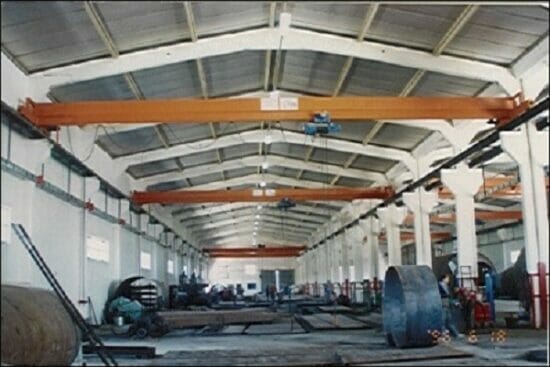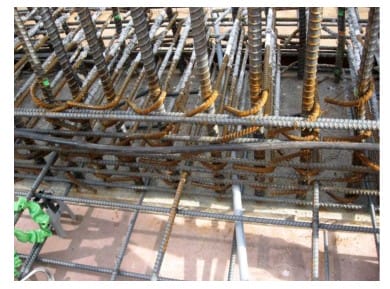No products in the cart.
3
- Course No E – 1790
- PDH Units: 6
Course No E - 1790
PDH Units: 6
3
- Course No E – 1790
- PDH Units: 6
Course No E - 1790
PDH Units: 6
Intended Audience: mechanical engineers, electrical engineers, structural engineers, construction engineers, factory and workshop operators, supervisors, O & M professionals, facility managers, estimators and general audience.
PDH UNITS: 6
A crane is a machine that lifts, lowers and moves load horizontally. By construction, cranes are divided into the overhead and gantry cranes. An overhead crane, also known as a bridge crane, is a type of crane where the hook and line mechanism runs along a horizontal beam that itself travels on the two widely separated rails. Often it is in a factory building and runs along rails mounted on the two long walls. A gantry crane is similar to an overhead crane, but here the bridge carrying the trolley is rigidly supported on two or more legs moving on fixed rails embedded in the floor.
Overhead traveling cranes are also available in various configurations. The two main categorizations are top-running versus under-running bridge cranes and single-girder versus double-girder bridge cranes. Crane travel is directed by an operator, either manually or with a wired pendant station or wireless controls that guide their electric- or pneumatic-powered travel. Typical uses include multi-directional movement of materials through the production process, support manufacturing, transporting heavy items to and from storage areas, loading or unloading activities inside a warehouse or onto open trailers or railcars.
This 6-hr course presents an overview of electric overhead travelling cranes and discusses the mechanical aspects of appropriate selection and includes civil, structural and electric design parameters.
Learning Objectives
Upon completion of the course, the student should understand:- Learn about various types of overhead cranes.
- Describe the components and terminology of overhead cranes.
- Understand crane duty groups and service classification such as CMAA, HMI/ASME, FEM and ISO.
- Learn about various types of hoists, their application and safety features.
- Understand the various types of loads (forces) on the crane runway girder and the building structure.
- Learn the methods of crane electrification including festoon systems.
- Learn the types of motors and enclosures based on NEMA standards.
- Understand the electrical grounding requirements per NEC and the control systems.
- Learn standard specifications covering mechanical, structural, and electrical requirements.
- Understand the key crane inspection and testing requirements as specified by OSHA.
Course Reviews
3
3
1 ratings - 5 stars0
- 4 stars0
- 3 stars1
- 2 stars0
- 1 stars0
Once completed, your order and certificate of completion will be available in your profile when you’re logged in to the site.









I think this course needs reviewed. There are many grammatical and spelling errors that should be corrected. Also It might be time to confirm all the standards are up to date.